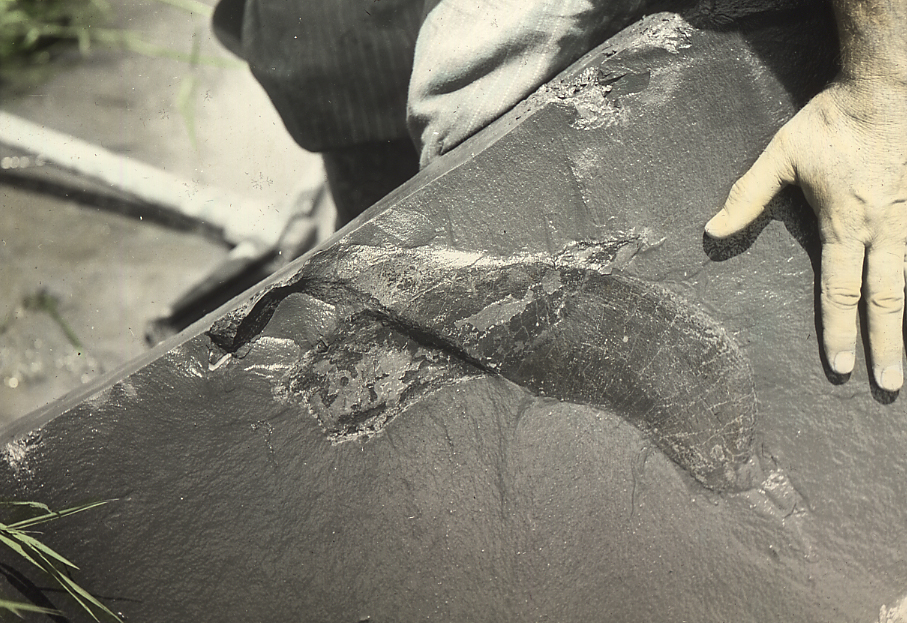I hope, eventually, to avoid entirely the construction of a narrative around, before, or behind my poems. The commentary will grow up, an apparatus around them, well before the poems themselves are written, spreading like a system always equidistant from every point in the writing, but shaped nothing like a sphere or a circle; accompanied by and producing theories connecting writing to everything.Tomorrow I will have written the poem beginning a secret most marvelous, a riddle.
a secret most marvelous:
candidate reports
teeth and claws
most humane mode
of being drawn towards
un-rest. & as for
counting the faces
of the screened...
The poem is in four stanzas, with a good deal of enjambment. There are two sentences, the second of which does not complete its course before an ellipsis. The first sentence is an announcement of a most marvelous secret, and the second consists of a digression.
secret: “What is the interpreter to make of secrecy considered as a property of all narrative, provided it is suitably attended to?”[i] What are we to make of secrecy or the secret as something which is not but rather is generated. What indeed if secrecy appears not in narrative, but in a radiance which resists narrativization? Or, rather, is there any hope for such resistance? For, “there has to be trickery.”[ii] Frank Kermode may speak of the “radiant obscurity of narratives”[iii]; but is there not some hope not only in the seeking of the “divined glimmer” that one perceives as ‘behind’ the fabric of the text, but rather in the manufacturing of a secret which radiates as it undoes itself as a secret? Then, even if “Hot for secrets, our only conversation may be with guardians who know less and see less than we can, and our sole hope and pleasure is in the perception of a momentary radiance, before the door of disappointment is finally shut on us,” and even if that the momentary radiance is a fiction anyway—none of this threatens the optimism of the riddle. most marvelous: the marvelous here radiates as the expenditure of its secret, not as the intentional concealment thereof so as to effect a flight from the world. The marvel of the riddle is to pull one into the text in such way that the text wears a hole in itself and one winds up back in the world because of following a marvelous radiance. And the marvel? there was nothing there to begin with. teeth and claws/ most humane mode: perhaps an addendum to Frye’s modes as an (Aristotelian) category of literature. The teeth and claws of the riddle that bites back, of the claws scuttling at the bottom of silent seas which occasionally beat out a rhythm that churns into a maelstrom without intending any such thing. These are the teeth and claws of the ‘creatures’ of high modernism with a certain “image-breaking enterprise,”[iv] associated with a lineage of certain of Eliot’s poems, Samuel Beckett, Dostoevsky, Kafka, the late Pound and the late H.D., and even certain of the L=A=N=G=U=A=G=E poets and others usually seen as so serious and abysmal, as provoking primordial anxieties. But, equally, these teeth and claws are for pleasure and delight. And such a modernism, in tune with the radiant medieval of the poet and theorist Dante whose quotations provide epigraphs for this new work, also, and first, could be re-understood as turning to expose the human to a more intense and radiant pleasure: scratching nether-regions and biting exquisitely—clawing away at the image not just to pull back and expose an abyss, but also to kindle the ruin of the image into a burning radiance. drawn towards/ un-rest: “Our time calls for an existence-Art, one which, by refusing to resolve discords into the satisfying concordances of a telos, constitutes an assault against an art-ificialized Nature in behalf of the recovery of its primordial terrors. The most immediate task, therefore, in which the contemporary writer must engage himself—it is, to borrow a phrase ungratefully from Yeats, the most difficult task not impossible—is that of undermining the detective-like expectation of the positivistic mind, of unhoming Western man, by evoking rather than purging pity and terror—anxiety...to drive him out of the fictitious well-made world, not to be gathered into the “artifice of eternity,” but to be exposed to the existential real of history, where Nothing is certain.”[v] Such is the riddle for which there the only solution is its own burning up. The addition of pleasure and radiance to this formulation of William Spanos is perhaps necessary after the years in the interim between when this work appears as beginning as the moment of assessing and praising a disruptive modernism since “The Western structure of consciousness is bent, however inadvertently, on unleashing chaos in the name of the order of a well-made world,”[vi] suggesting that the cost of a resolving well made anything is simply too high. Because, crudely put, a well-made thing and things done in the name of the well-made, the resolved, the solvable, comfort the western positivistic mind, Spanos calls for the anxiety-evoking.[vii] The riddle is, the wonder would be, to take pleasure in and make pleasurable the production and experience of an art that un-homes the human with ease—that infinitely frustrates the detective without losing a certain radiance. The trouble with being entirely ‘post’-abysmal is that the “Urgrund, the primordial not-at-home” is “where dread, as Kierkegaard and Heidegger and Sartre and Tillich tell us, becomes not just the agency of despair but also and simultaneously of hope, that is, of freedom and infinite possibility.”[viii] And the problem of being purely negative and abysmal: the pleasure of falling, the ability of some to experience the riddle whose answer is both everything and whose answer does not exist as a radiance all its own. the faces of the screened: me, us, you, we, them, she, he, us, you, me, we. Totally unaccountable, various answers to the riddle. Various subjects on which any candidate as solution to the riddle reports.
[i] Frank Kermode, The Genesis of Secrecy: On the Interpretation of Narrative (Cambridge: Harvard University Press, 1979), 144.
[ii] ibid., 145.
[iii] ibid., 47.
[iv] William V. Spanos, “The Detective and the Boundary,” in Early Postmodernism:Foundational Essays, Ed. Paul A. Bové (Durham: Duke University Press, 1995),39.
[v] ibid.
[vi] ibid.,38.
[vii] For Spanos, in the moment of his work on this essay, the modern mind produces certain expectations and “these expectations demand the kind of fiction and drama that achieves its absolute fulfillment in the utterly formularized clockwork certainties of plot in the innumerable detective drama series—Perry Mason, The FBI, Hawaii 5-0, Mannix, Mission Impossible, etc.—which use up, or rather, “kill,” prime television time [that these shows are dated at the drafting of this essay is not a problem—the situation has changed little beyond expanding the ‘stakes’ and the terms of the detective show from Cold War conflicts to that of ‘global terror’ in shows like 24, The Fringe, CSI, and The Wire, while perhaps adding a new element of biopolitics in shows where the solution is medical but no less detective-style dectecable in House or Bones—the point is that there is a re-surgence of shows where there are resolved detectable answers, rendered unsecret by positivistic science and technology, for the sake of a well-made capitalist state]. Ultimately they also demand the kind of social and political organization that finds its fulfillment in the imposed certainties of the well-made world of the totalitarian state, where investigation or inquisition on behalf of the ahievement of a total, that is, preordained or teleologically determined structure—a “final solution”—is the defining activity. It is therefore no accident that the paradigmatic archetype of the postmodern literary imagination is the anti-detective story...the formal purpose of which is to evoke the impulse to “detect” and/or psychoanalyze in order to violently frustrate it by refusing the solve the cime...I am referring, for example, to works like Kafka’s The Trial, T.S. Eliot’s Sweeney Agonistes...Beckett’s Watt and Molloy...Robbe-Grillet’s The Erasers...” (25).
[viii] ibid., 27.

